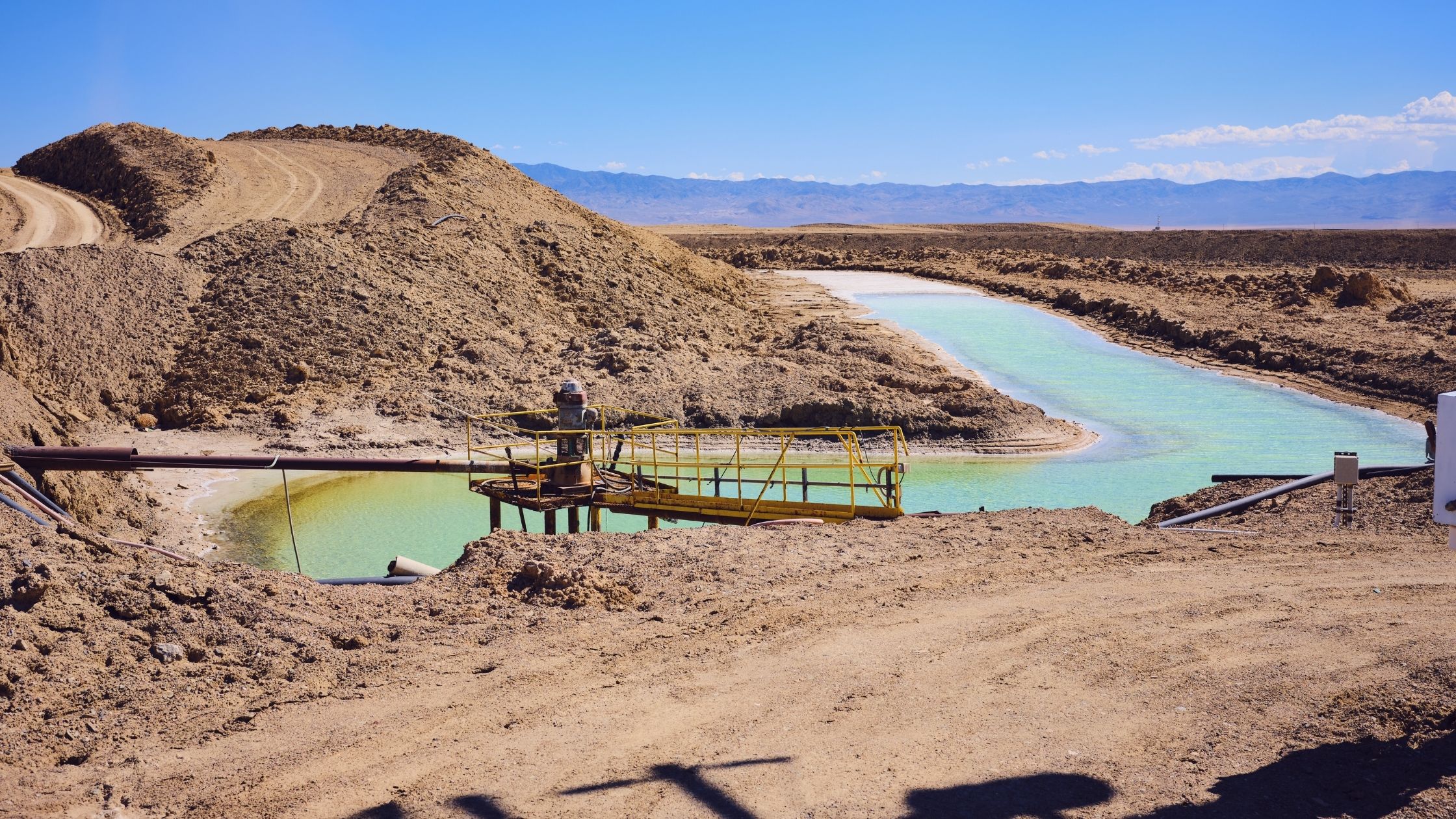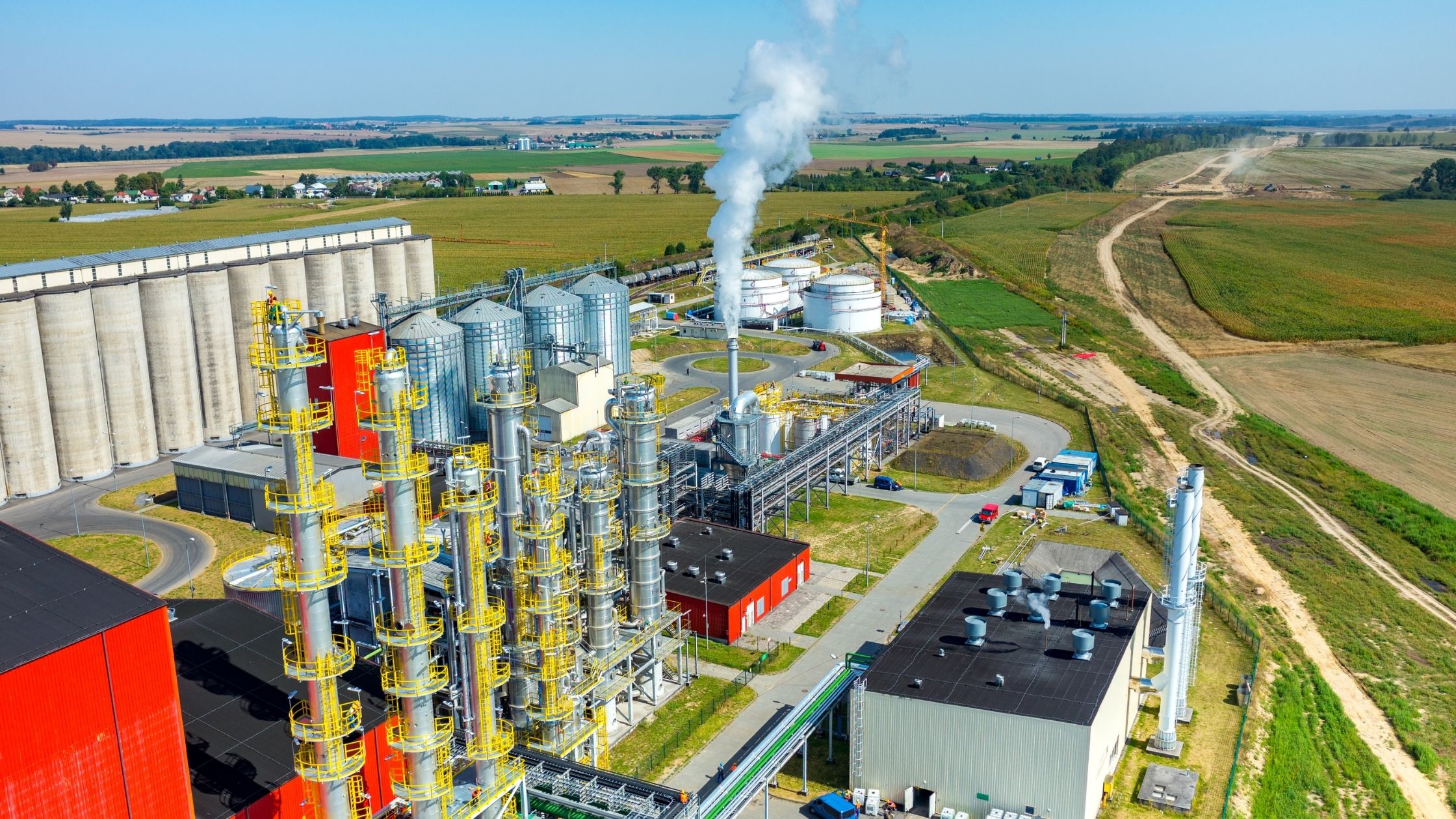
Ecosystems could collapse more quickly than previously thought
What’s happening? Ecological collapse is likely to occur more quickly than previously thought, according to research by UK scientists. The analysis found that over 20% of global ecosystems, including the Amazon rainforest, could break down within a human lifetime. The study, which modelled how tipping points could accelerate each other, examined two lake ecosystems and two forests. The researchers found that up to 15% of collapses happened due to new stresses or extreme events, even when the primary stress level remained constant. This means that even if sections of an ecosystem are managed sustainably, new stresses, including climate change, could precipitate collapse. (The Guardian)
Why does this matter? The research, published in Nature Sustainability, is likely to prove highly controversial. The scientific understanding of tipping points, and the ways in which they interact with one another, remains undeveloped. The UN’s Intergovernmental Panel on Climate Change (IPCC), its leading science advisory body, remains cautious in its assessment of their impact. In its latest report, the IPCC estimated the earliest date of a potential Amazon tipping point as 2100.
Sooner rather than later – However, Brazilian scientists, including leading Amazon expert Carlos Nobre, have warned that such a tipping point could occur much sooner than the IPCC predicts – an argument supported by the new UK study. Research by insurance company Swiss Re in 2020 also found that one-fifth of countries are at risk of ecosystem collapse due to wildlife and habitat destruction. The report argued that the risk of tipping points is growing, posing a threat to the more than half of global GDP ($42tn) that depends on high-functioning biodiversity.
Writing in The Conversation, the authors of the new study argue that previous studies have suggested that “regime shifts” are taking place in over 20 different types of ecosystem where tipping points have been exceeded. Regime shifts are “large, persistent changes in the structure and function of social-ecological systems”. Examples include rainforests being transformed into savanna or icy tundra thawing. Such shifts are caused when ecosystems are placed under stress by human activities such as pesticide use, development, and soil and waterway pollution. Globally, over 20% of ecosystems are now at risk of collapse or transformation.
The new study argues that most previous studies have focused on a single driver of destruction, such as deforestation or climate change. However, when such drivers are combined with other threats, including water stress, degradation and river pollution linked to mining, breakdown occurs more quickly.
What’s in the study? The researchers used two general models, representing forests and lake water quality, and two location-specific models, based on India’s Chilika lagoon fishery and Easter Island (Rapa Nui) in the Pacific Ocean. Software was then used to model over 70,000 different simulations. Stress and extreme events advanced the date of an anticipated tipping point by 30-80% across all four models.
Professor Simon Willcock of Rothamsted Research, who co-led the study, cites the example of Lake Erhai in China, which collapsed sooner than expected. Willcock claims this is because most projections were based solely on agricultural runoff that was causing excess nutrients in the water system. However, the combination of climate variation, water management and other pollution meant that the lake lost resilience more quickly than predicted.
Not too late – Willcock added that while the study’s conclusions were “devastating,” they also indicated that small improvements could have major repercussions. Although the research focused on negative impacts, system dynamics meant that the application of positive pressure could result in “rapid recovery”.
The researchers said that their findings showed that policymakers needed to act with greater agency. Otherwise, Willcock claims, “We could realistically be the last generation to see the Amazon”.


